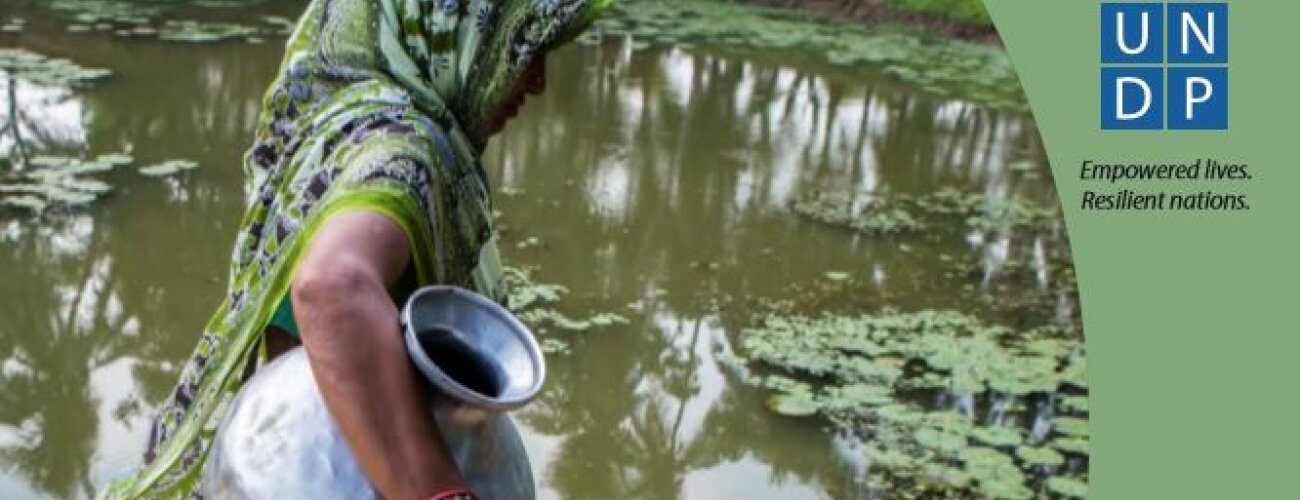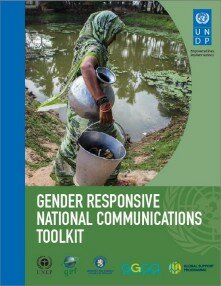
10/12/2015
 The UNDP/UNEP Global Support Programme and the UNDP Gender Team had the initiative of doing this toolkit which objective is to provide support and guidance on integrating gender issues into National Communications (NCs).
The UNDP/UNEP Global Support Programme and the UNDP Gender Team had the initiative of doing this toolkit which objective is to provide support and guidance on integrating gender issues into National Communications (NCs).
The toolkit works for making the process of reporting more transparent in terms of whose involved, whose views are represented, gender-differentiated risks, and the types of support men and women need to influence climate adaptation, mitigation, policymaking and reporting. It can also be used to build capacity for gender analysis of key climate change issues that are reported on in NCs. The toolkit presents rationales for gender-responsive NCs and approaches for integrating gender into NC reports. It also provides context and information on a range of issues; good practice examples; and lessons learned.
Finally, the toolkit looks at steps required to ensure the sustainability of gender-responsive climate change reporting. This requires ensuring commitment, funding and integrated capacity development across sectors, and using gender indicators and sex-disaggregated data for monitoring.